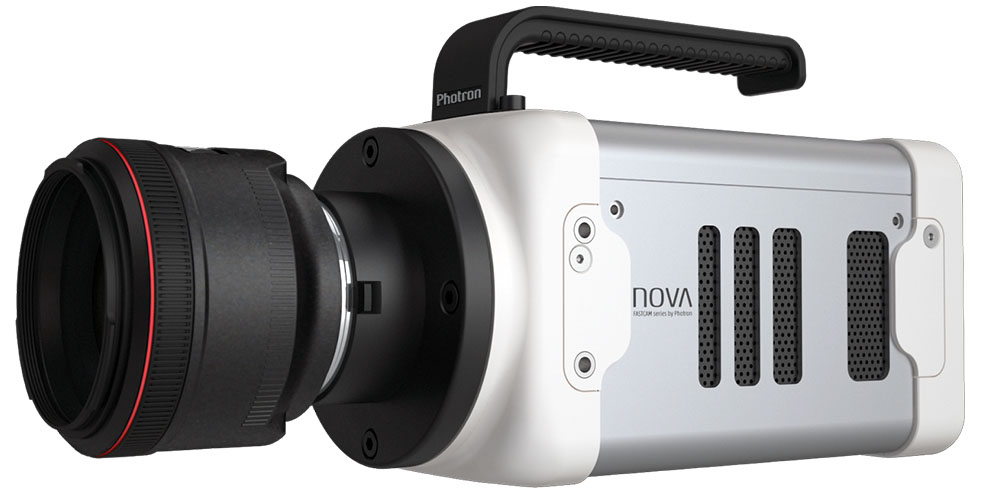
Whether you are a beginner in photography or learning about high-speed cameras to expand your applications, here are some terms to familiarize yourself with or come back to as a reminder when picking up the camera. While some of these terms are common, we are going to cover some that you should know so you can become more comfortable with your camera equipment in the future.
Aperture
Aperture, also referred to as f-stop, is an adjustable lens that opens and closes to control the amount of light that enters your camera. This impacts the amount of light in your photographs and ultimately leads to “white images” as a result of too much light and “dark images” from not enough, so understanding the purpose of this feature is essential for controlling the amount of light that reaches the sensor surface. When you want a larger depth, you would use a smaller aperture while a larger aperture gives you reduced depth of field.
Focal Length
The distance between the lens and the surface of the sensor with the object or subject in focus is the focal length. This determines how much magnification you will get when looking through the camera – if you need objects to appear closer or greater magnification, increasing the focal length would result in this.
Shutter Speed
How much light is allowed to be captured on the sensor when the camera shutter is open is shutter speed. Essentially when taking a photo it has effects on any movement visible in the frame. A shorter shutter speed will result in images that appear frozen in motion while long shutter speeds give a smear or blurred appearance to an object in motion, like waterfalls or moving vehicles. It is important to remember that this is set independently from your frame rate so the duration of shutter speed will be either equal or less than the frame rate.
Global Shutter
Global shutter exposes all pixels at the same time so there is no time discontinuity in the image, essentially allowing cameras to read the sensor continuously as a whole each time, unlike rolling shutter which has a delay in reading sections of the sensor. In other terms, global shutter captures a scene by utilizing the pixels all at once rather than top to bottom in sections. If this is a feature that you are specifically looking for, all of the cameras we offer aside from two models have global shutter so we are happy to help discuss other specifications to find the right model for you or your organization.
Resolution
In photography, resolution refers to the number of pixels per inch (PPI) of a displayed image and is commonly measured in x * y pixels to represent the spatial resolution of a camera. The more pixels a camera has, the more detail will be captured in an image in terms of clarity. A common true pixel resolution in high-speed cameras is 1 Megapixel (1000 * 1000 pixels).
ISO
ISO refers to a setting that allows you to adjust the lighting of a photo by making it brighter or darker. This can be beneficial in unideal environments that are not well lit, but it is important to not increase ISO too much because it will wash out the image and result in graininess. As you become more comfortable with your photography and camera settings, you’ll make adjustments as needed based on application and technical requirements. ISO is a setting that can vary depending on the object being photographed or the setting and any additional light sources.
Tech Imaging has over 35 years of applied experience with vast imagery knowledge of advanced technology and state-of-the-art high-speed cameras. Contact us today at (978) 740-0063 to meet all of your application’s imaging requirements and needs or visit our website today – our experts are happy to answer any questions regarding on-site consultations, product support, pricing information, or just your general questions.
